Introduction
Uchida has been molding and processing composite materials (FRP) since establishment in 1968. Our operations focus on leveraging the distinctive “lightweight, strong, and non-corrosive” characteristics of CFRP to deliver new potential in next-generation mobility and weight reduction. In this issue, we aim to offer a specialist manufacturer perspective on CFRP inspection and quality assurance.

What is Carbon? Delving into CFRPs
While the term carbon fiber refers to thin strands of carbon, these fiber strands will not retain their form on their own. Thus, they are combined with a resin to retain the shape and maximize its distinct lightweight and strong characteristics.
Composite materials are substances composed of two or more constituents, such as carbon fiber and resin, to yield new functions. Carbon fiber reinforced plastic (CFRP) is the name given to a composite created from carbon fiber and resin.
The composite is named after the type of fiber employed. Carbon fiber composites are named carbon-fiber reinforced plastic (CFRP), glass fiber composites are referred to as GFRP, and aramid fiber composites are called AFRP. The distinctive “lightweight, strong, non-corrosive” qualities of advanced CFRP has opened doorways for leading-edge development in various fields, such as aviation, satellites, automobiles, and sporting and leisure equipment industries. Unlike metals and other isotropic materials, with CFRP, the strength is determined by the orientation of the carbon fibers (anisotropic) and therefore necessitates product-specific material design. The high degree of design versatility, in terms of resin and carbon-fiber constitution and arrangement, means that is volatile and difficult-to-handle without expert technical knowledge of the material and its properties.
Challenges
Despite its numerous merits, CFRP is still succumbs to various challenges in productivity and cost-efficiency. These include the need for molds, high material costs, and complex production processes.
CFRP Molding Methods
Before delving into CFRP processing, let’s first look at molding methods. There is a wide variety of CFRP molding methods which are selected according to the desired application, shape/form, and production lot.
Autoclave Molding
RTM (Resin Transfer Molding)
Va-RTM (Vacuum Assisted Resin Transfer Molding)
Press Molding
Hand Lay-up Molding
Filament Winding Molding
Sheet Winding Molding
Pultrusion
3D Printer
At Uchida, we use the fabrication methods shown in red.
Autoclave Molding Method: The Hallmark of High-quality CFRP Product Manufacturing
Despite the extensive range of molding methods, autoclave molding remains the hallmark method for design versatility and high-quality CFRP fabrication. High-quality CFRP created using the autoclave molding method is known as dry carbon. This method is suitable for prototyping and small-lot production as it does not require expensive metal molds. The diagram below illustrates the production process of CFRP products using the autoclave molding method.
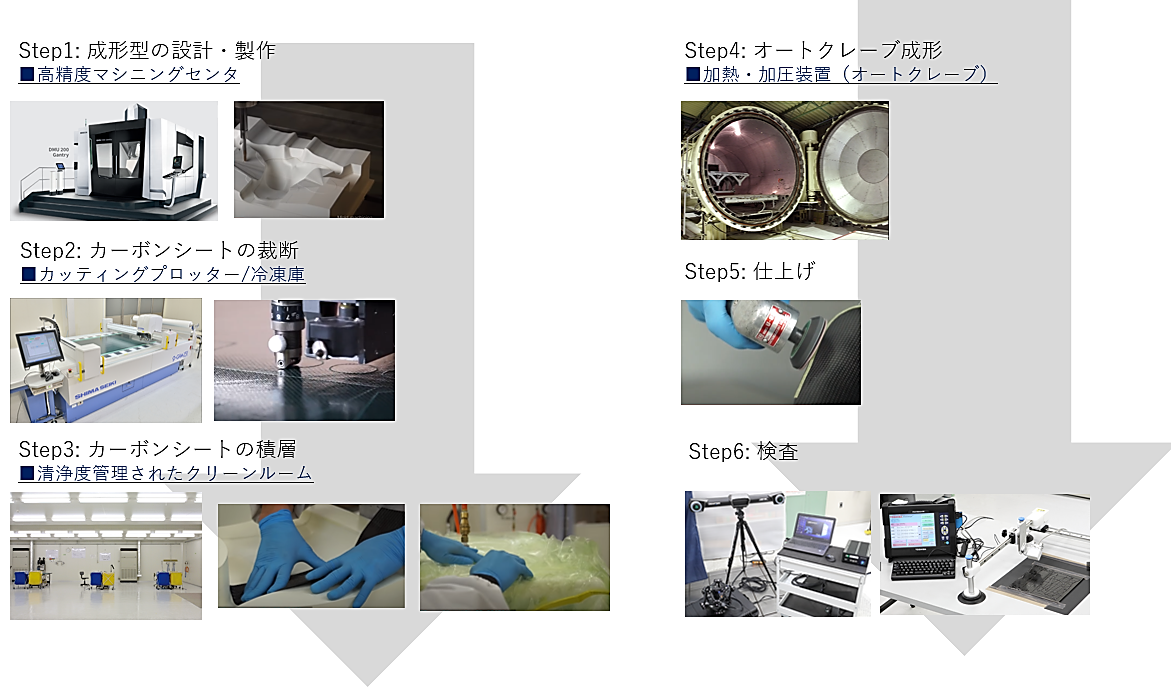
Uchida CFRP Testing
There are several precautions that need be taken when handling CFRP.
CFRP Quality Assurance
1. Knowledge of its Anisotropic Structure (Fiber Orientation)
As a review, CFRP is an anisotropic material whereby the strength is determined by direction of the fibers. It therefore requires expert understanding of the internal structures of the manufactured product, including how the fibers are orientated, the lamination configuration, what types of resins are used as the matrix, and what specific properties each of these exhibits.
2.Thorough Engineering Management and Control
Commitment to Engineering Management and Controls
The CFRP sheets (prepregs) processed in the Lamination Room have a use-by-date like that of food, and generally requires storage in temperatures of 18℃ or below. The handling of prepregs drastically impacts the quality, requiring meticulous management and traceability of material exposure times and temperature/humidity levels from the time of removal from the freezer to cutting, lamination, vacuum-bagging, and autoclaving. Regardless of how proficiently our technicians perform the work, if the proper engineering management and controls aren’t put in place, then major defects may arise down the track after molding.
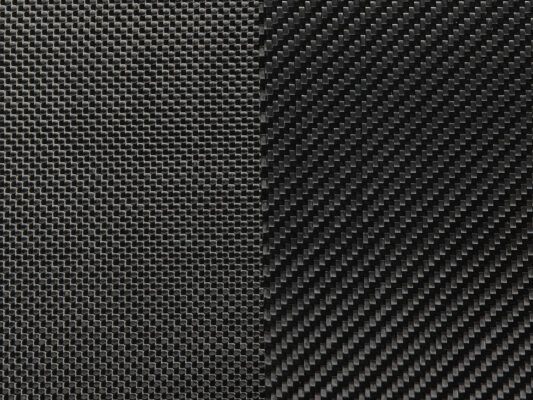
The lamination process involves layering ultra-fine carbon sheets of 0.2mm, to form a laminate stack, and is a key determining factor for strength and rigidity. Thus, any shortcomings in engineering controls risk impacting the structural integrity, causing internal defects which are not detectable with external inspection. Such processes whereby defects cannot be detected down the track are referred to as “focused processes.” During lamination, multiple cross-checks are performed by technicians and inspectors to confirm the correct fiber orientation and ensure against human errors such as failure to remove protective films, preventing defects before they occur.
Uchida’s Commitment to CFRP Inspection and Quality Assurance
Uchida Inspection Room
The Inspection Room oversees in-process mold inspection and primary/final inspections of molded CFRP products. It is the end-of-the-line before delivery in our one-stop manufacturing which starts from design and analysis through to mold fabrication, lamination, molding, secondary processing, painting/coating, final inspection, and testing.
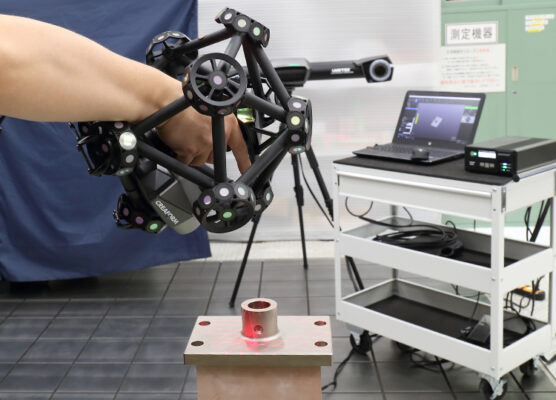
Commitment to “Measurement Customized to the Site.”
With our business focus on prototype development and high-mix low-volume production, the degree of precision and quality required varies by customer and product. Prototype development attracts numerous requests for short turnarounds, in which case, each section coordinates what is needed for the job and commences production before the specifications have been 100% finalized. As the primary and final inspections are performed according to manufacturing flow, measurements cannot be taken according to the predetermined schedule. For this reason, the Inspection Room works to maintain flexible measurements in tune with the manufacturing (flow of work site).
Commitment to Enhanced Facilities
We house a range of testing devices including non-contact coordinate measuring machines (CMM), constant temperature bath-equipped static universal testing machines (UTM), ultrasonic testing (UT) equipment, and inverted microscopes.
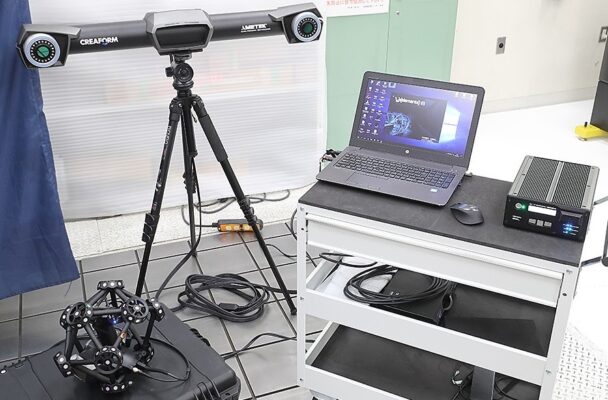
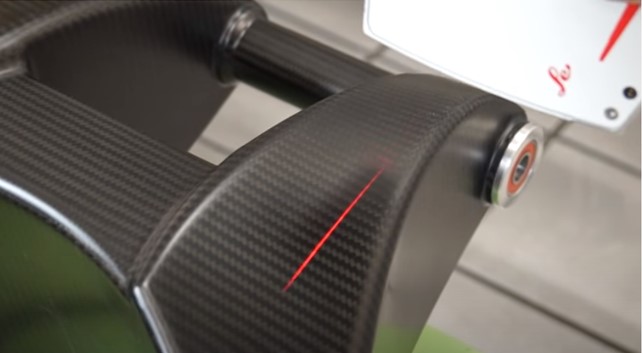
Inspection Equipment Introduction
INSTRON Static Universal Testing Machine 5985
ESPEC CORP. Temperature & Humidity Chamber
Olympus Corp. Inverted Microscopes
AMETEK CREAFORM MetraSCAN750 Elite
Toshiba Matrixeye EX (Ultrasonic flaw detector) Matrix-Arrey : 32
Summary
In this issue, we covered inspection and quality assurance through an overview of CFRP manufacturing. We hope this provided some insight into the variety of non-destructive inspection and testing involved in “focused processes.”
If considering manufacturing CFRP products, we suggest that you seek a manufacturer that is well-versed in CFRP and has a proven track record in the field.
Related useful contents
You can explore related content by clicking on a topic of interest.
ABOUT UCHIDA - 55 years since our founding
We leverage a wealth of technical expertise as a CFRP molding and processing manufacturer using FRP, GFRP, and CFRP materials. We offer a one-stop solution, encompassing design, analysis, manufacturing, secondary processing, assembly, painting, quality assurance, and testing.
UCHIDA's equipment
We have cutting-edge equipment to ensure that we can address even the most advanced challenges of our customers.
Video Library
In the following video, we provide a detailed overview of our manufacturing process. Please feel free to watch and learn more.

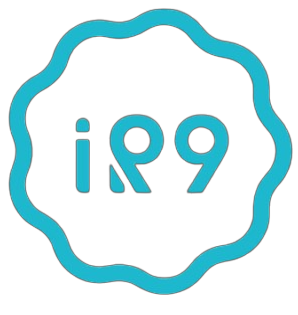
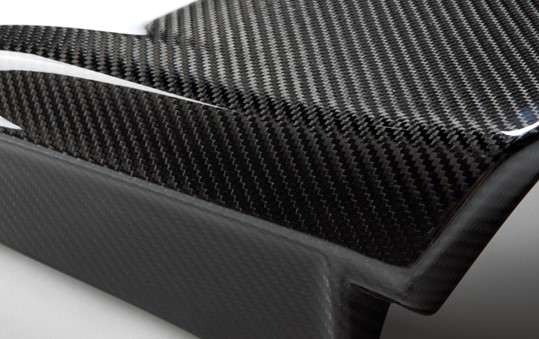
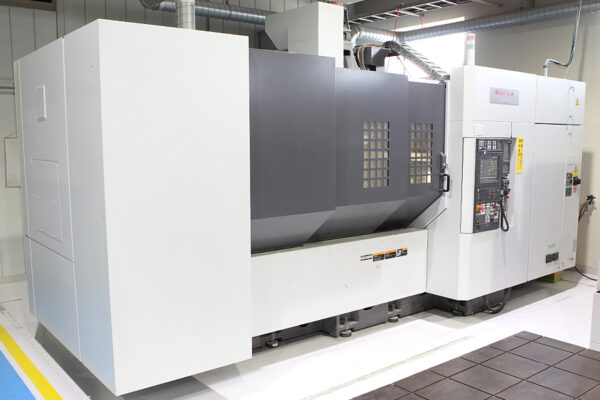
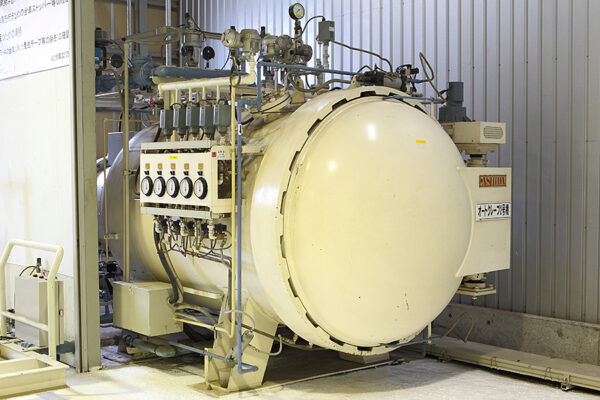
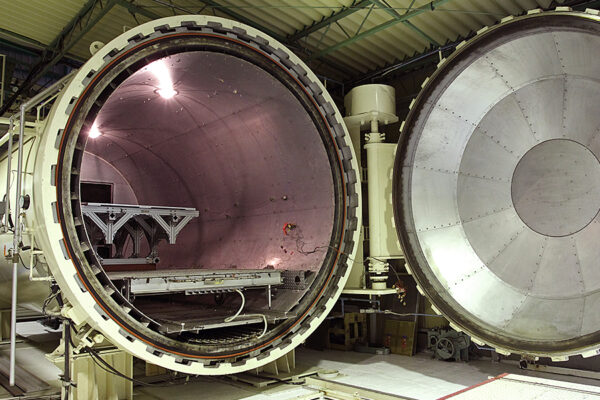
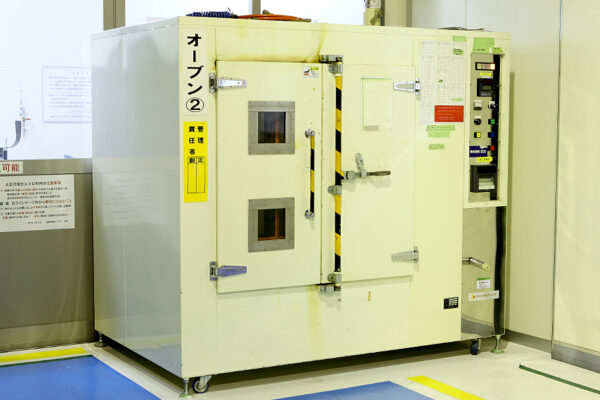
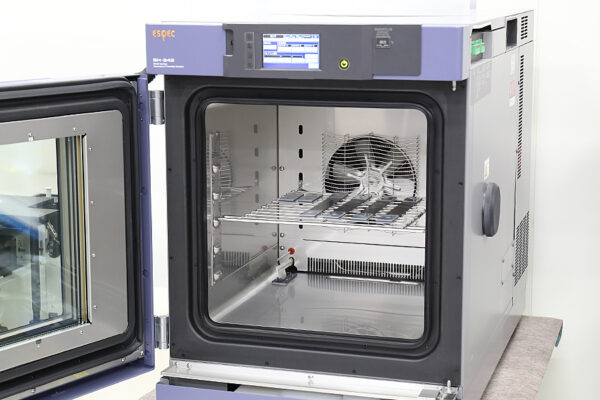
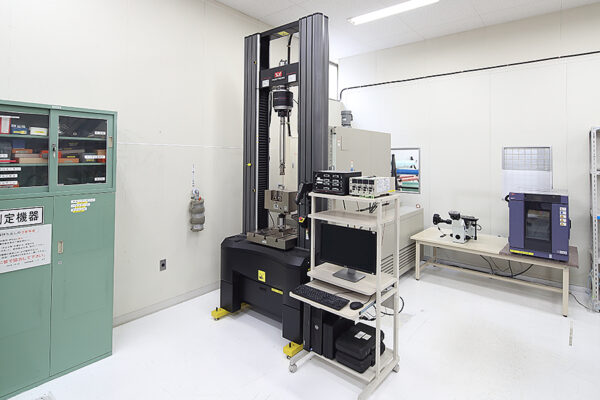
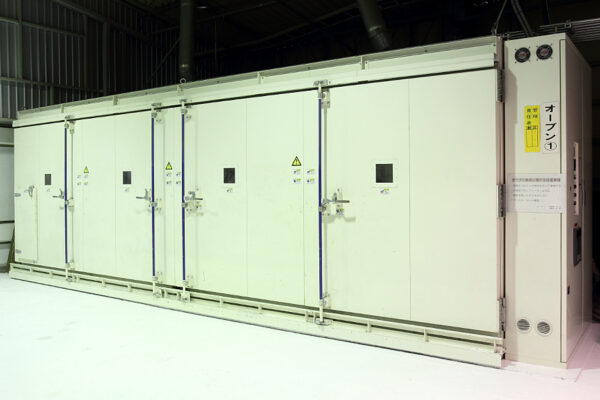
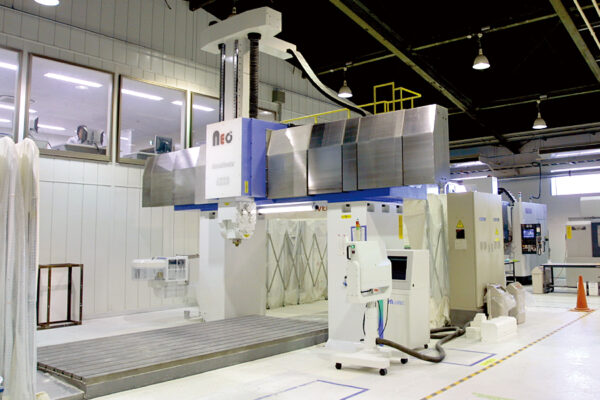
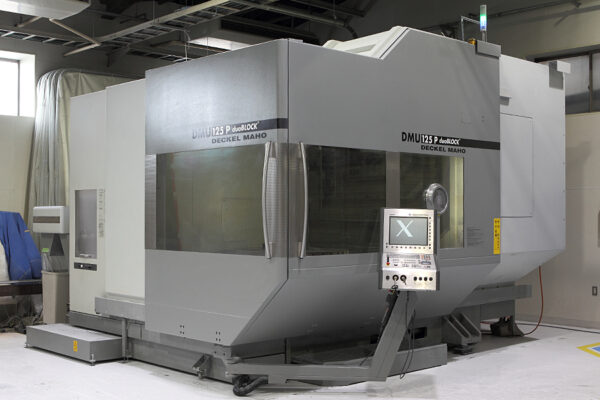
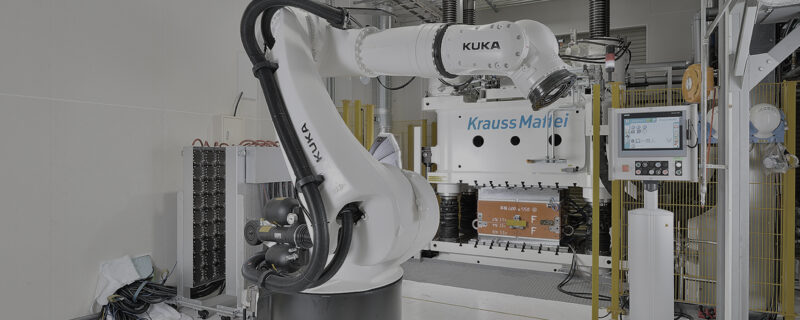
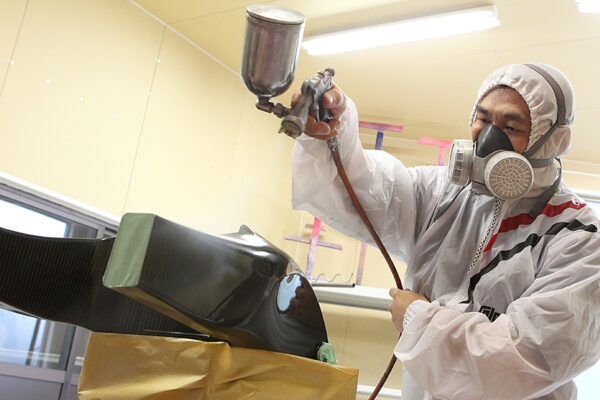
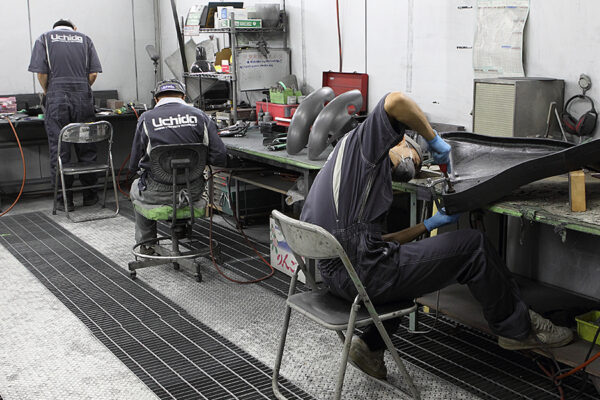
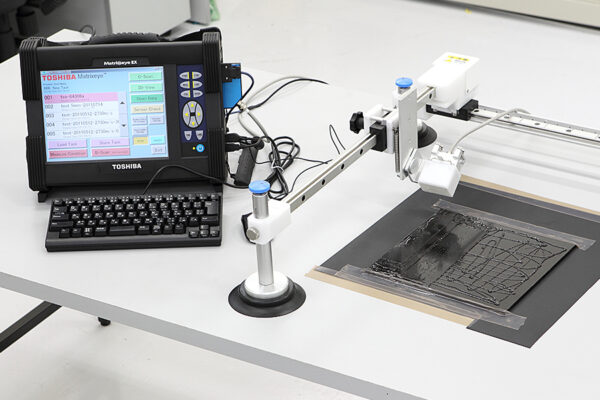
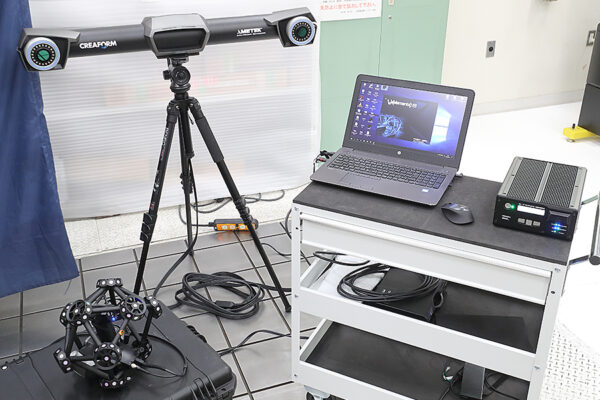
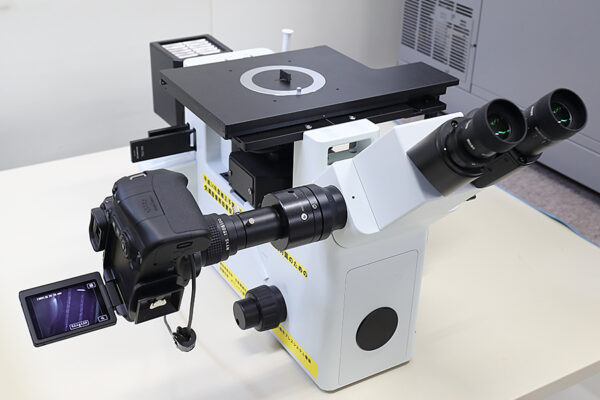
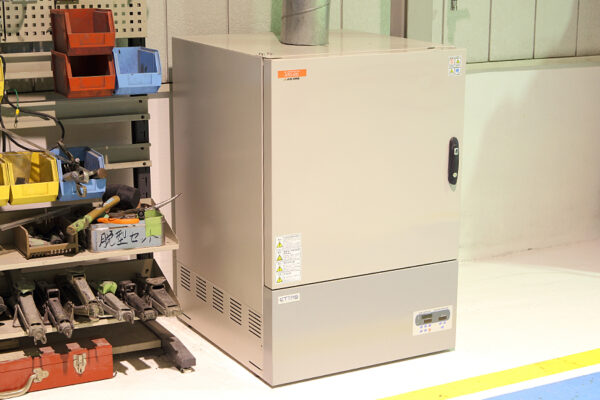
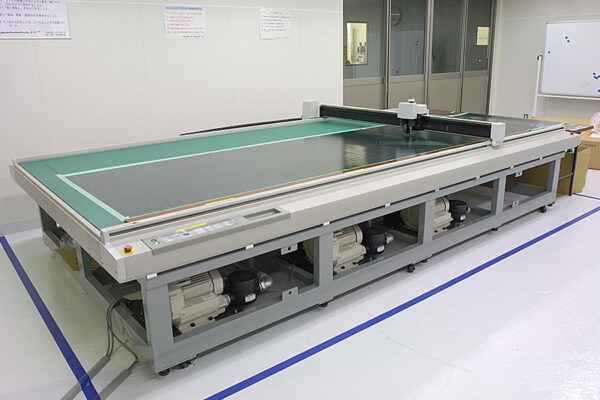
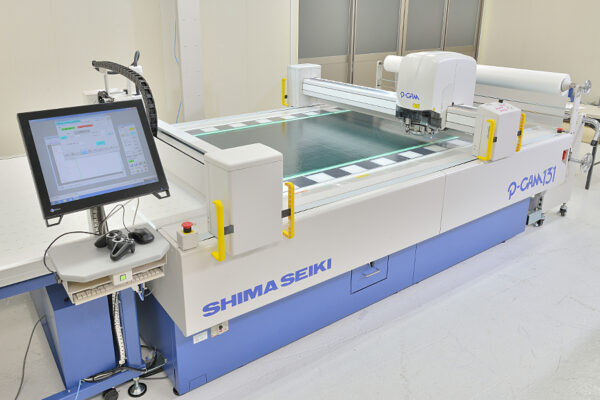
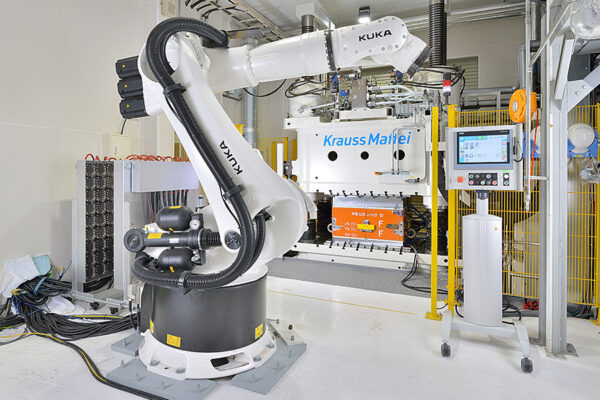
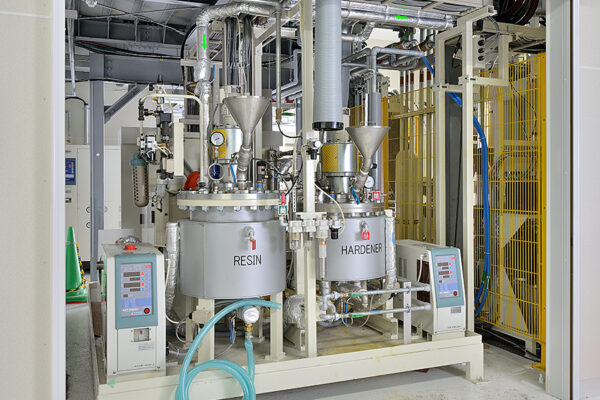
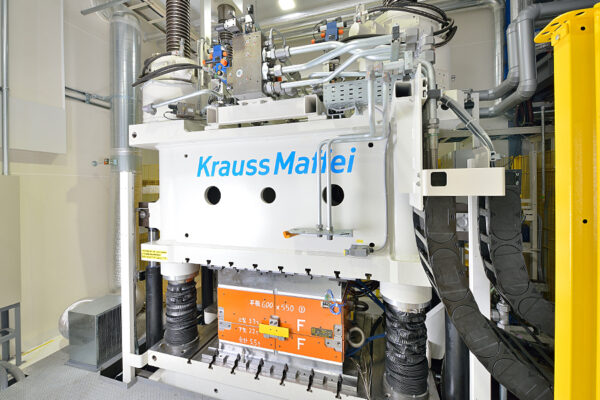
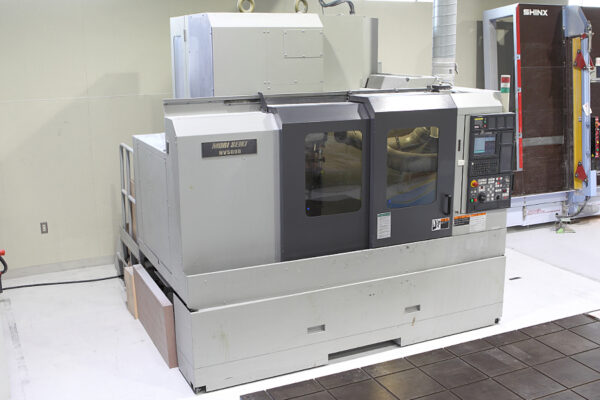
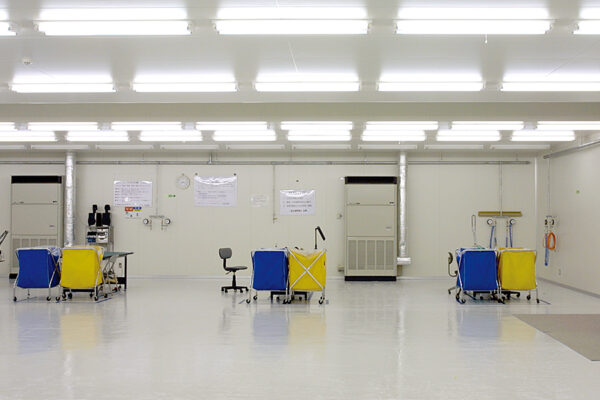
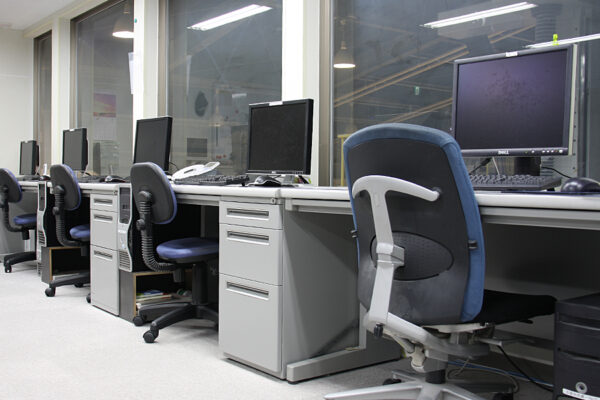
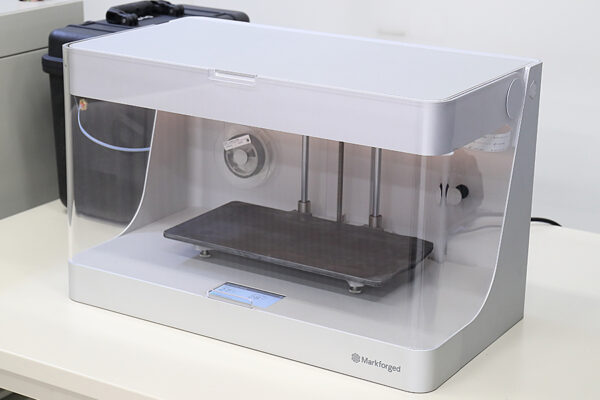
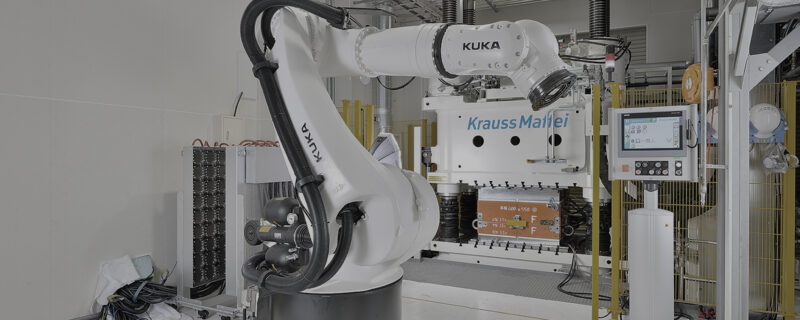

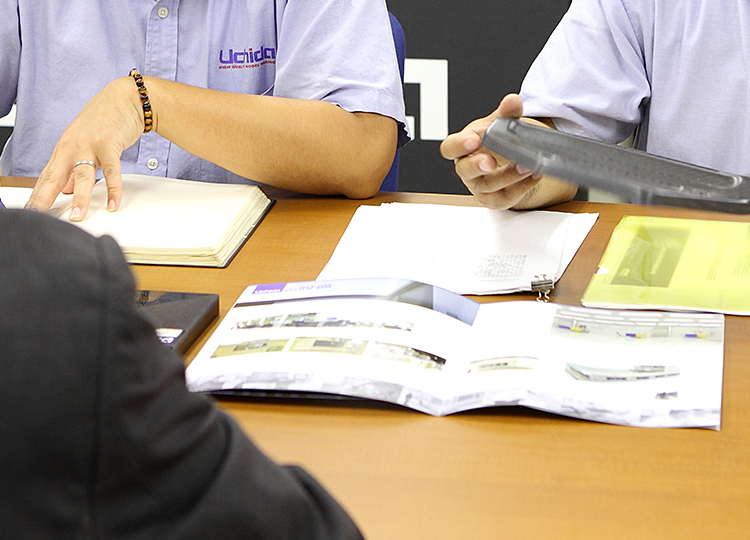
ピンバック: 【コラム】FRP・GFRP・CFRP 短納期に対応 | 株式会社UCHIDA
ピンバック: 【コラム】GFRPとは? | 株式会社UCHIDA
ピンバック: 【コラム】FRP・GFRP・CFRPの違いについて | 株式会社UCHIDA
ピンバック: 【コラム】『FRP・GFRP・CFRP』マシニングセンタとは? | 株式会社UCHIDA
ピンバック: 【コラム】GFRPガラスエポキシ | 株式会社UCHIDA
ピンバック: 【コラム】軽量化手法『FRP・GFRP・CFRP』 | 株式会社UCHIDA
ピンバック: 【コラム】カーボン オートクレーブ温度 | 株式会社UCHIDA
ピンバック: 【コラム】軽量化のメリット『FRP・GFRP・CFRP』 | 株式会社UCHIDA
ピンバック: 【コラム】下書き | 株式会社UCHIDA
ピンバック: 複合材料 メリット デメリット【コラム】 | 株式会社UCHIDA
ピンバック: GFRPガラスエポキシ【コラム】 | 株式会社UCHIDA
ピンバック: コンポジット・カーボンコンポジットの作り方【コラム】 | 株式会社UCHIDA